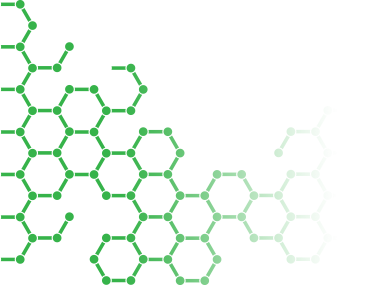2015/08/31
Femtopath submit a poster to APIAP, Korea, 2013.
We are honored to be able to participate on the 8th Asia Pacific IAP Congress on Busan, Korea. Sharing our technology on how we can improve the accuracy and sensitivity of cancer mutation detection.
By using Femtopath mutation enrichment kits, we were able to detect more higher frequency of mutations which have high benefits for patients suitable for drug therapy treatment.
<Title>
Combinations of Epidermal Growth Factor Receptor and K-ras Mutations Rate Highly Appeared in Non-small Cell Lung Cancer Patients of Taiwan.
<Author>
Chi-Kuan Chen
Department of Laboratory Medicine, Mackay Memorial Hospital, Taipei, Taiwan
<Abstract>
Background: Mutations of epidermal growth factor receptor (EGFR) and K-ras play an important role in the pathogenesis of lung cancer. Non-small cell lung cancer (NSCLC) patients with EGFR mutations or K-ras mutations in Asian are respectively 35% and 13%. EGFR mutations in NSCLC patients have good response to tyrosine kinase inhibi-tors (TKI) therapies and associated with longer overall survival. Some reports indicate that combinations of EGFR and K-ras mutations are rarely found in NSCLC patients. Besides, combinations of EGFR and K-ras mutations in NSCLC patients show positive initial response to TKI therapy or no response to TKI therapy. Methods: Twenty three NSCLC patients were sampled (20 ng, genomic DNA) using a universal genetic detecting method (FemtoPath). Results: Our results showed that FemtoPath/direct sequencing test identified EGFRM/K-rasW in 10 (43.48%) of the 23 tumors, EGFRW/K-rasM in 2 (8.69%) of the 23 tumors and EGFRM/K-rasM in 11 (47.83%) of the 23 tumors. Patients having both EGFR and K-ras mutations in genotype exon 19 del/K- rasM or L858R/K-rasM or S768N/K-rasM or V769M/K-rasM were separately four, seven, one and one in occurrence. Other rare EGFR mutations were also detected: three M766I, one T790A, one A767T, one Q791STP, one S720F, one A767V, and one K860I. Conclusions: Rate of K-ras mutation and combinations of EGFRM/K-rasM mutations highly appear in NSCLC patients of Taiwan. Our results obtained by direct sequencing test could provide more information for understanding the correlation between the reactions of NSCLC patients to TKI therapies and genotype, especially in combinations of mutations.
Key Words: Genes, ras; Receptor, epidermal growth factor; Carcinoma, non-small-cell lung; Direct sequencing test
<Link>
http://www.koreanjpathol.org/upload/journal/16.Molecular%20Pathology-s115-s121.pdf





